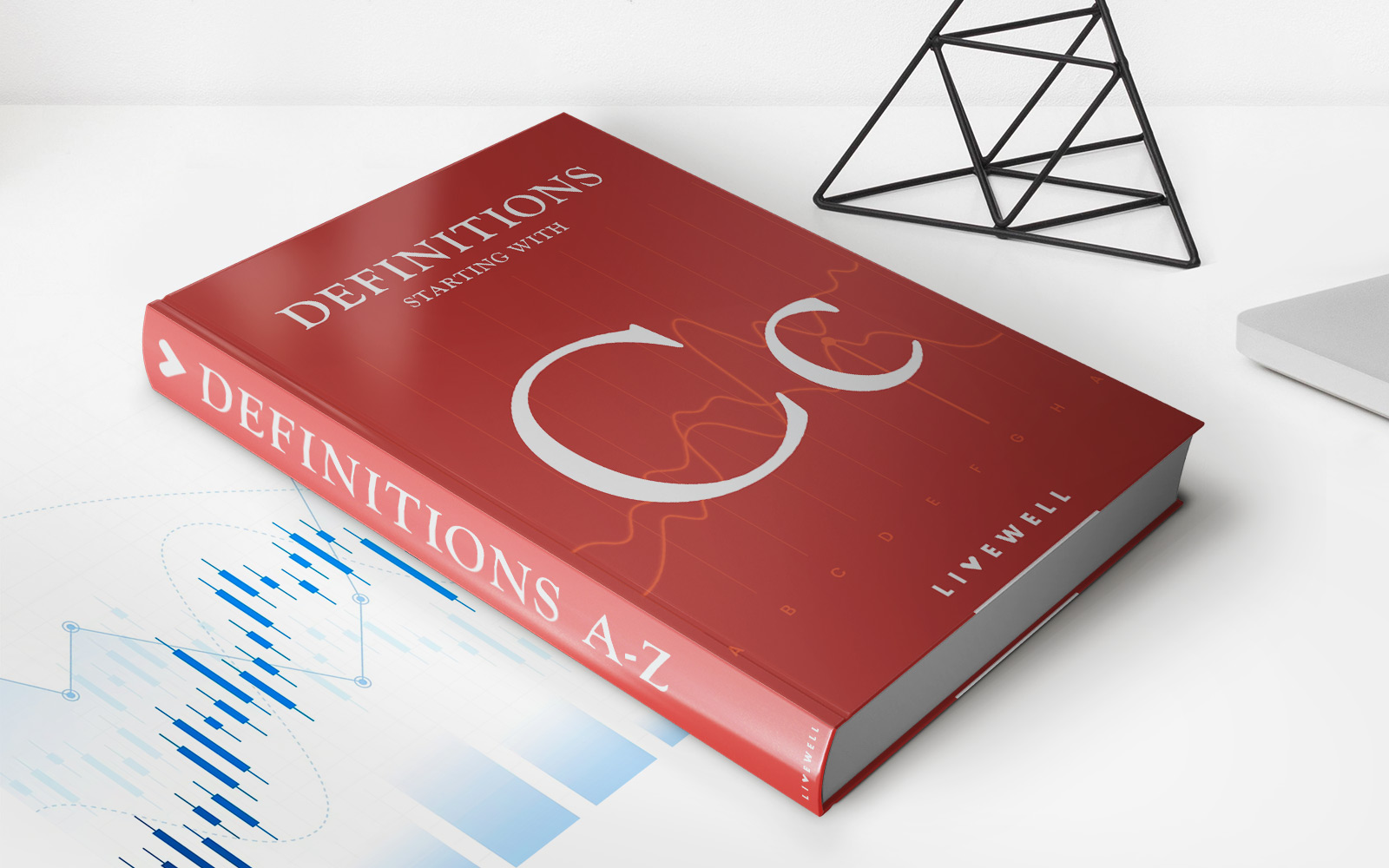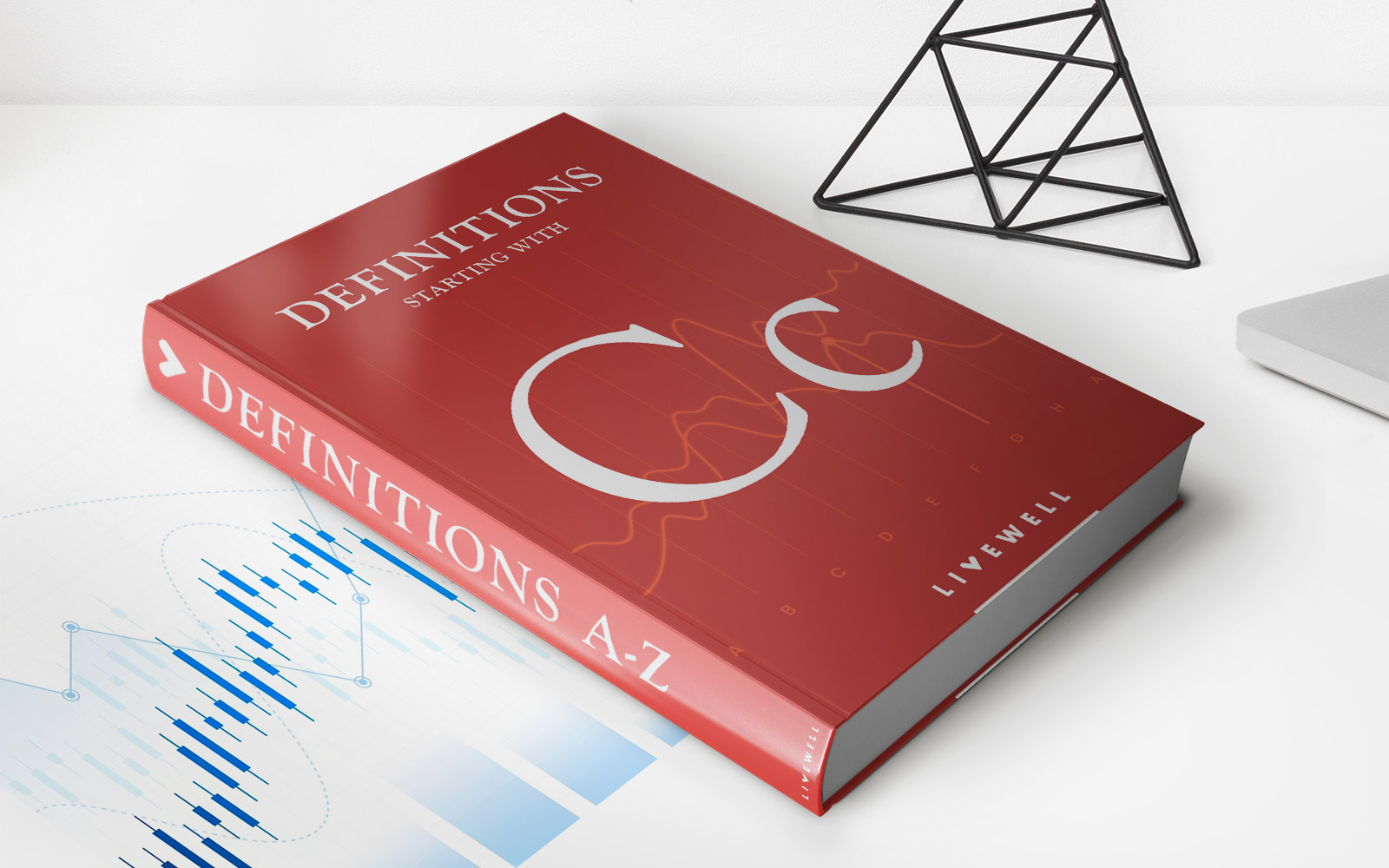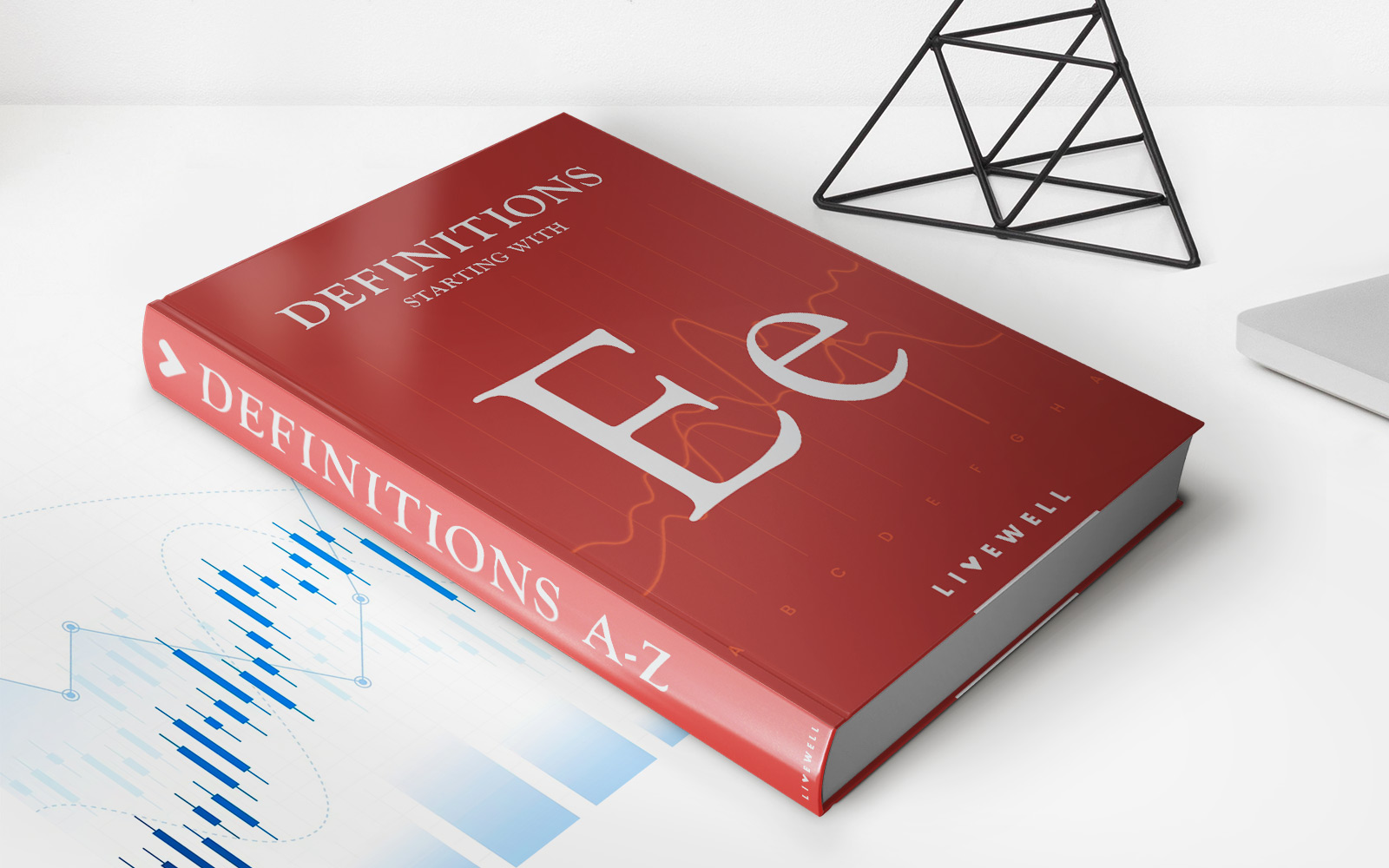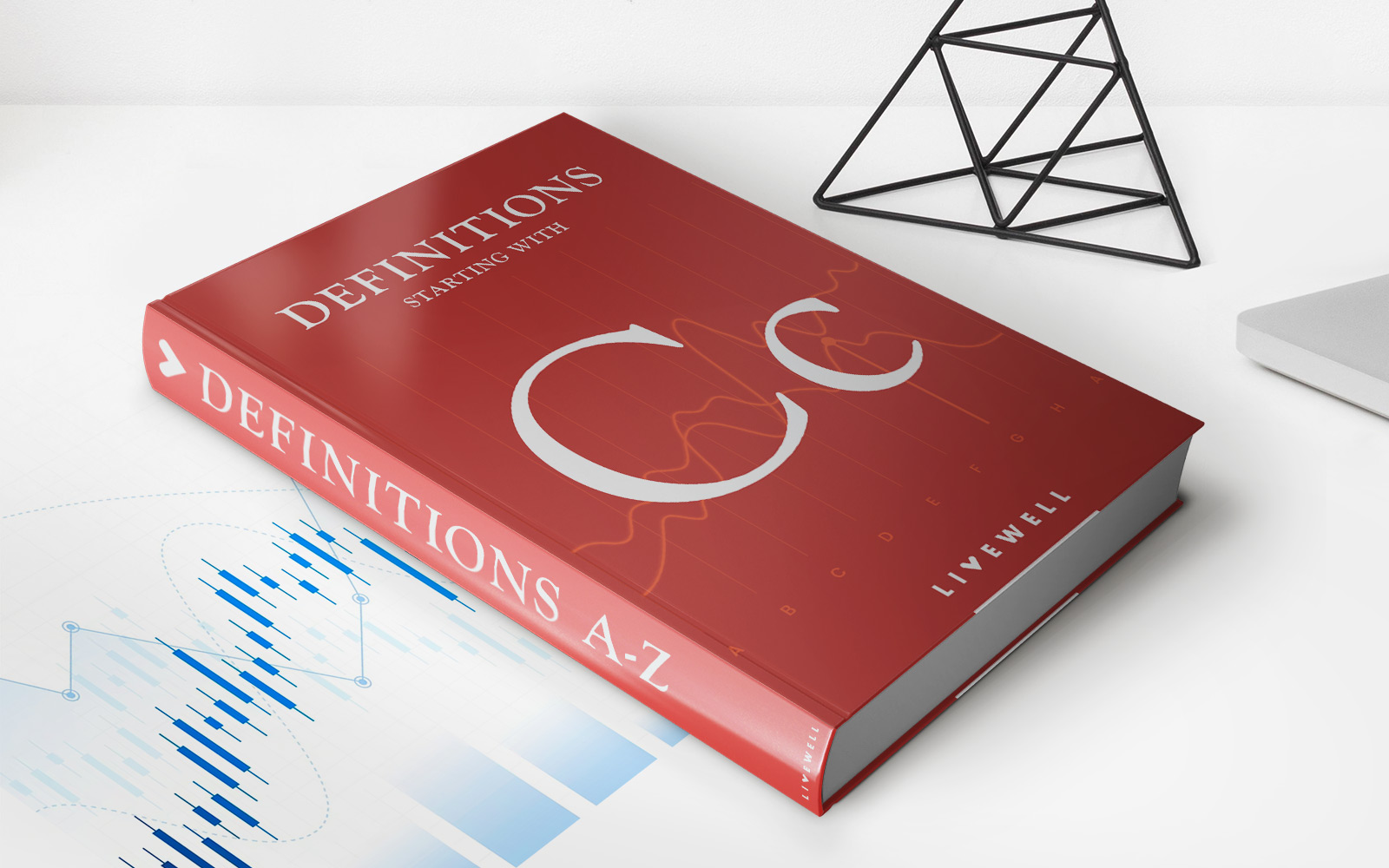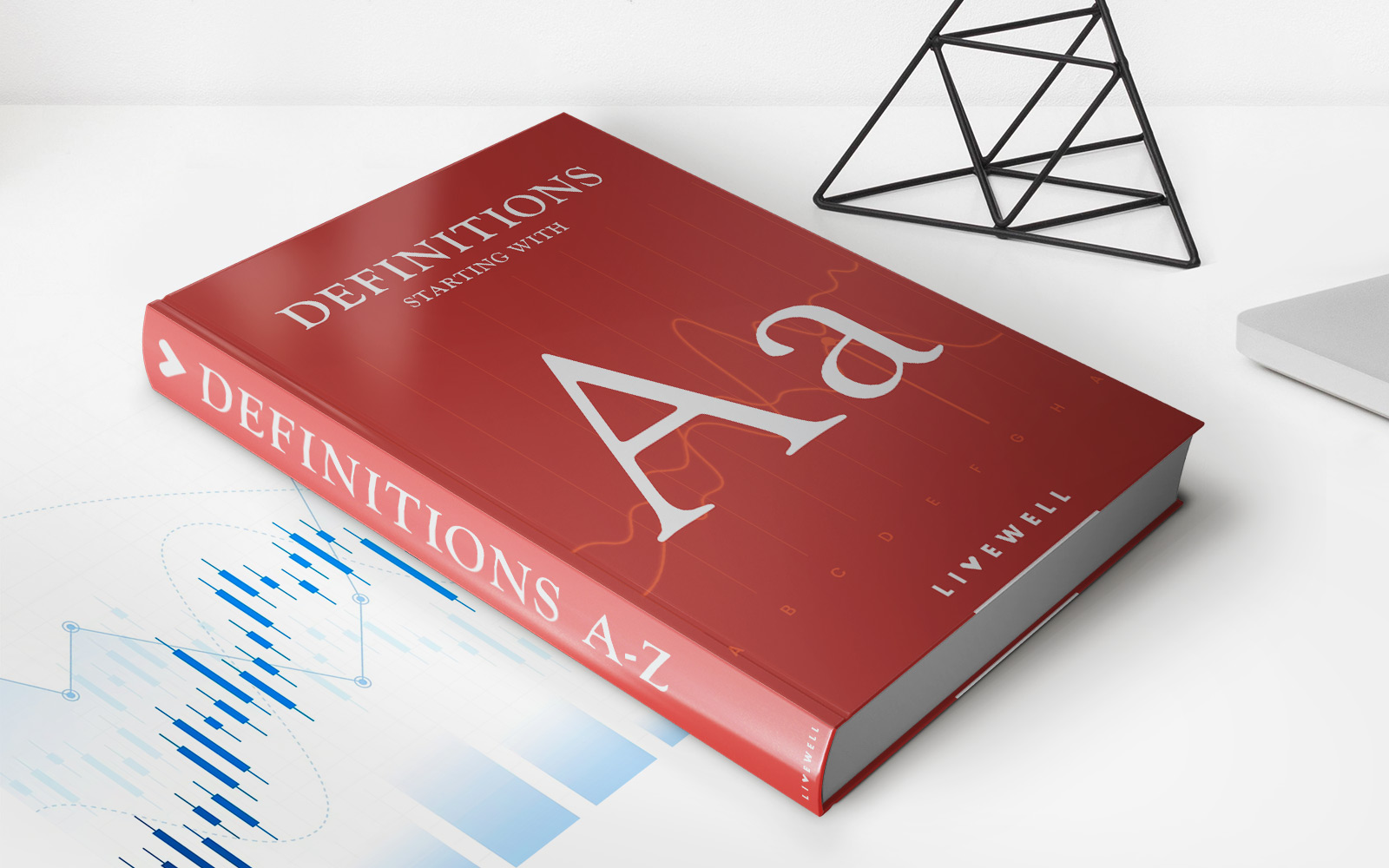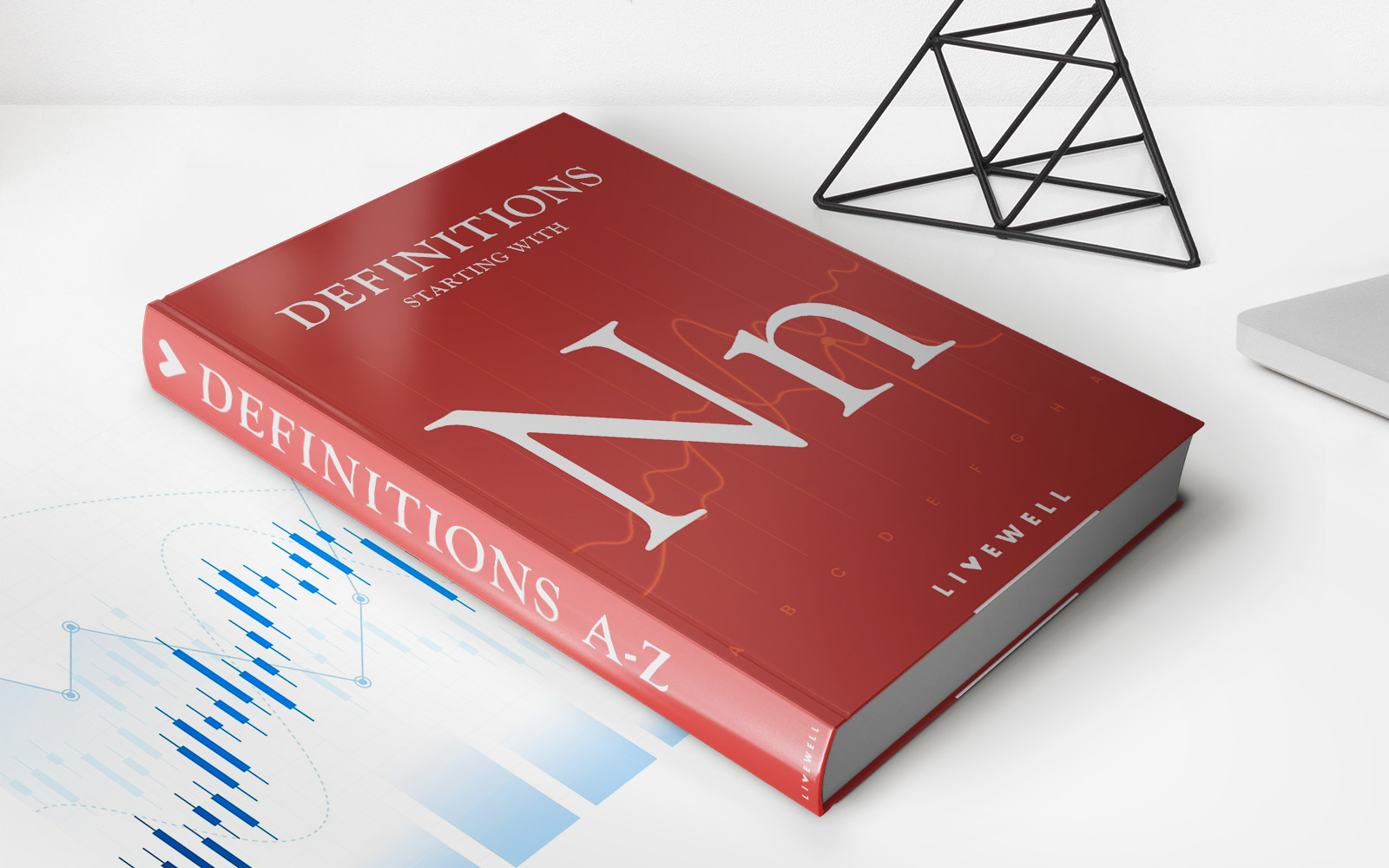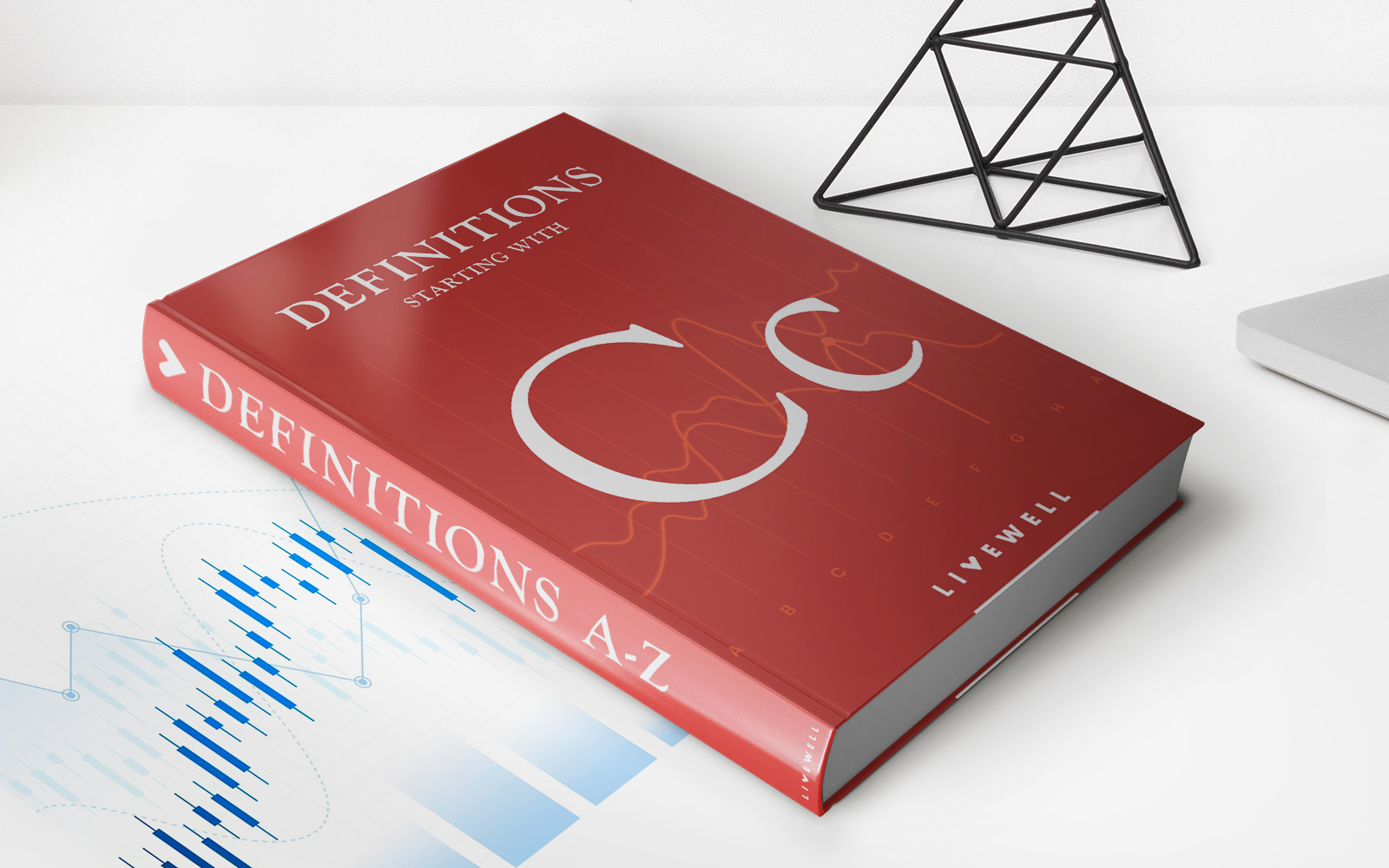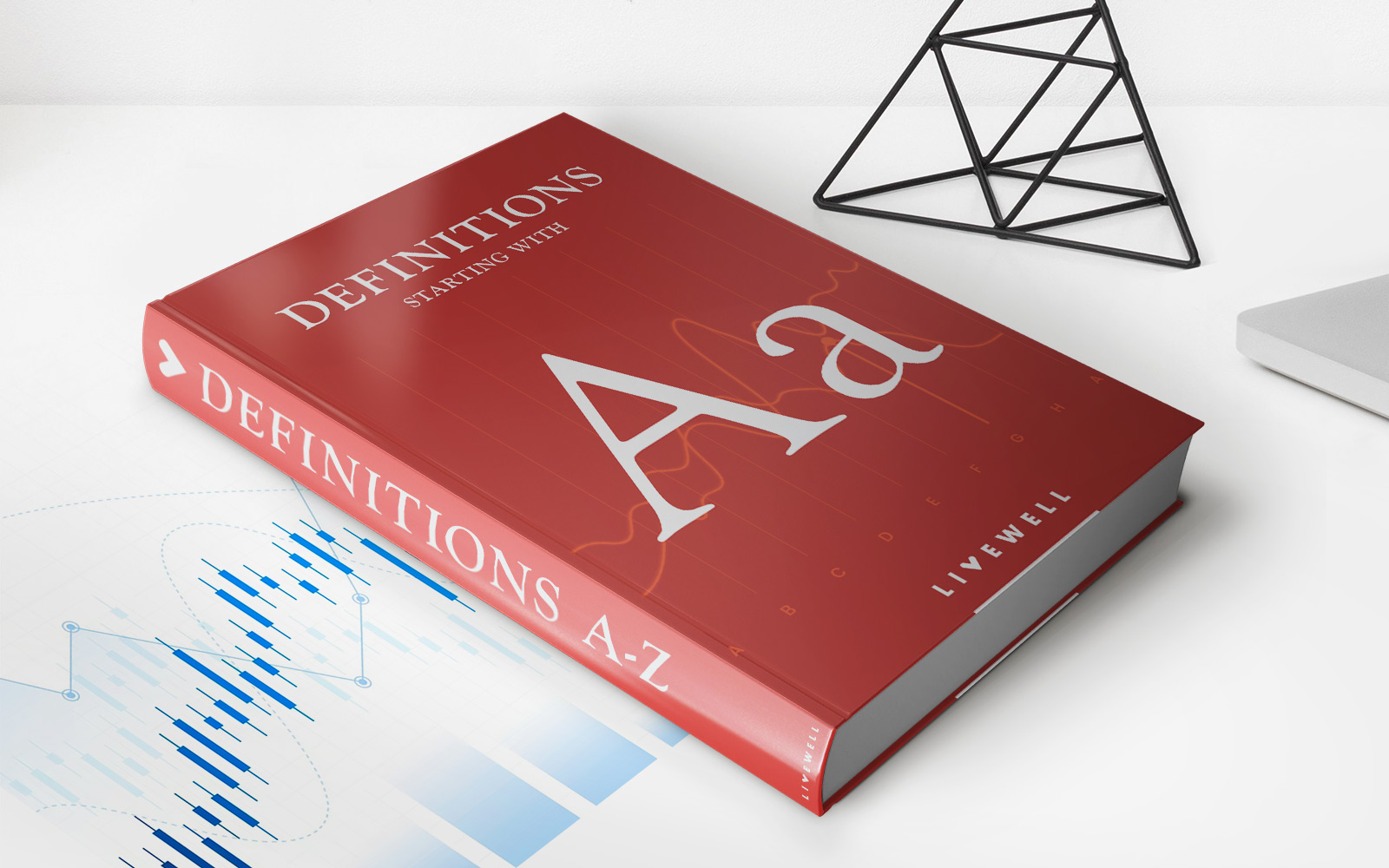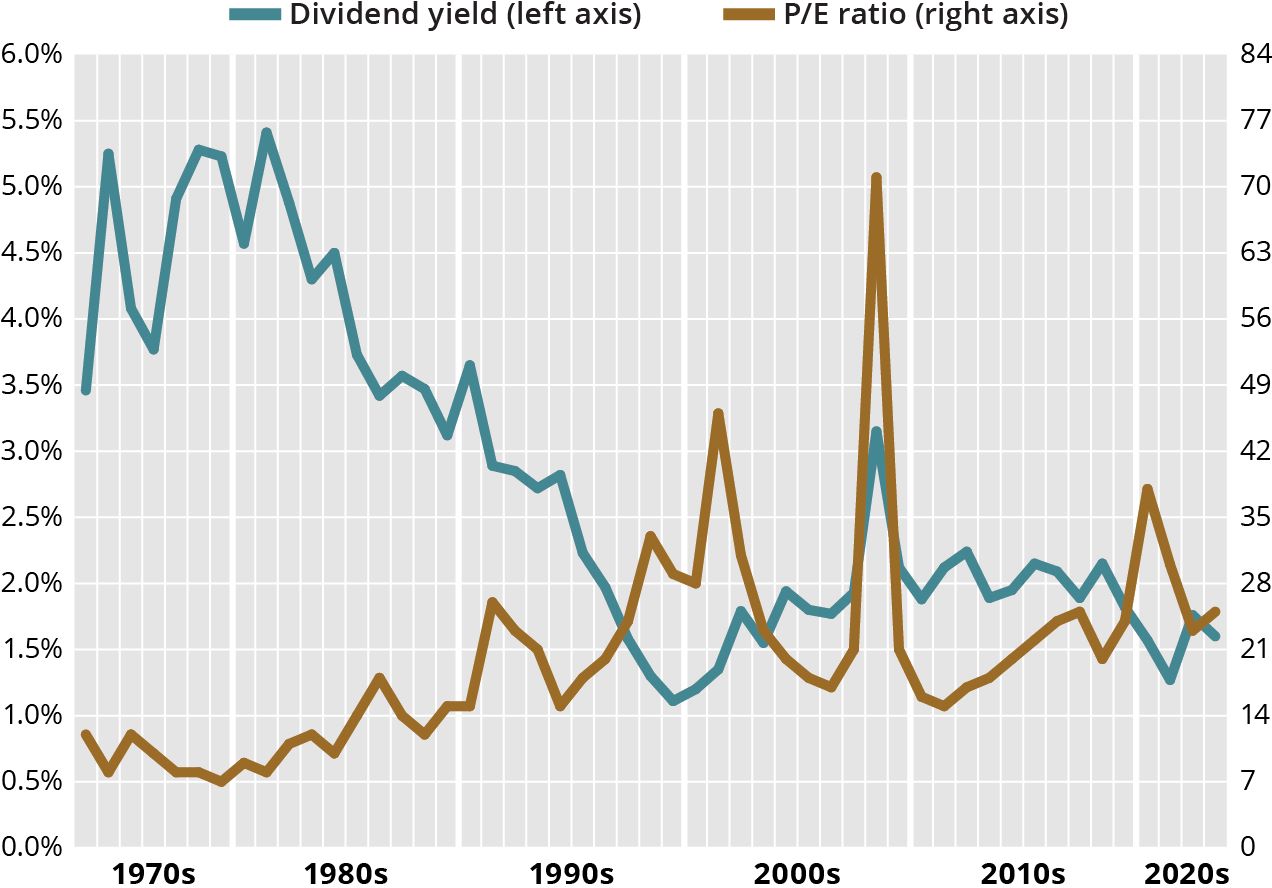

Finance
Countertrade: Definition, Types, And Examples
Published: November 4, 2023
Discover the concept of countertrade in finance and learn about its various types and real-world examples, helping businesses navigate international trade complexities.
(Many of the links in this article redirect to a specific reviewed product. Your purchase of these products through affiliate links helps to generate commission for LiveWell, at no extra cost. Learn more)
Countertrade: Definition, Types, and Examples
Welcome to the finance category of our page, where we explore various aspects of the financial world. In this post, we will dive into the intriguing concept of countertrade. Have you ever wondered how countries overcome international trade barriers, such as currency restrictions or political differences? Countertrade is a creative solution that enables nations to engage in trade without using traditional currency exchange methods. In this article, we will define countertrade, explore its different types, and provide real-world examples to enhance your understanding.
Key Takeaways:
- Countertrade is an alternative trading method that allows countries to overcome barriers by exchanging goods and services directly.
- Types of countertrade include barter, offset, buyback, and switch trading.
Defining Countertrade
Countertrade is a trade practice that involves the exchange of goods and services for other goods and services, rather than traditional currency transactions. It allows countries to overcome challenges such as currency restrictions, political differences, or economic imbalances. By engaging in countertrade, nations can foster international trade relationships and boost their economies.
But why would countries choose countertrade over conventional trading practices? Countertrade offers several advantages, including reducing reliance on foreign currencies and increasing access to essential goods and services. Additionally, it enables nations to secure trade deals with partners who may not have sufficient foreign currency reserves. This unique trading method provides a mutually beneficial solution by allowing countries to leverage their strengths and resources to facilitate trade.
Types of Countertrade
Countertrade can take different forms, depending on the specific requirements and objectives of the parties involved. Here are the four main types of countertrade:
- Barter: In barter transactions, goods and services are exchanged directly without the use of currency. For example, if Country A wants to acquire oil from Country B, they may offer agricultural products or machinery in exchange.
- Offset: Offset agreements involve the seller of goods or services compensating the buyer by “offsetting” the trade imbalance. This is commonly seen in defense contracts, where the selling country may agree to purchase goods or services from the buyer to balance the trade value.
- Buyback: Buyback arrangements occur when a seller agrees to accept a portion of the payment in the form of the goods they are selling. For instance, a company building a plant in a foreign country may agree to accept a portion of the production output as payment.
- Switch Trading: Switch trading involves a third party who facilitates countertrade between two countries. The third party may purchase goods from one country and then sell those goods to another country in exchange for different goods.
Examples of Countertrade
Now that we have explored the different types of countertrade, let’s look at some real-world examples:
- In the 1970s, the United States faced an oil crisis, leading to a shortage of petroleum. To secure the necessary oil supplies, the U.S. engaged in countertrade with Venezuela, exchanging oil for agricultural goods and machinery.
- Russia, in the early 1990s, lacked foreign currency reserves to pay for necessary imports. To overcome this challenge, Russia engaged in countertrade with various countries, trading commodities such as oil, gas, and metals for goods and services.
- China, known for its strategic economic approach, has utilized countertrade to foster trade relationships with countries possessing resources it needs. For example, China has engaged in buyback agreements with African nations, trading infrastructure development for access to natural resources.
These examples highlight how countertrade can be a valuable tool in global trade, allowing nations to overcome obstacles and foster economic growth.
In conclusion,
Countertrade is a unique trading method that enables countries to overcome barriers and engage in trade without relying on traditional currency exchanges. By understanding the different types of countertrade, such as barter, offset, buyback, and switch trading, one can grasp the diversity and flexibility this trading approach offers. The examples provided demonstrate how countertrade has been utilized throughout history to address economic challenges and foster international relationships. As the global economy continues to evolve, countertrade remains an important concept in enabling countries to navigate complex trade landscapes and ensure the flow of goods and services.

